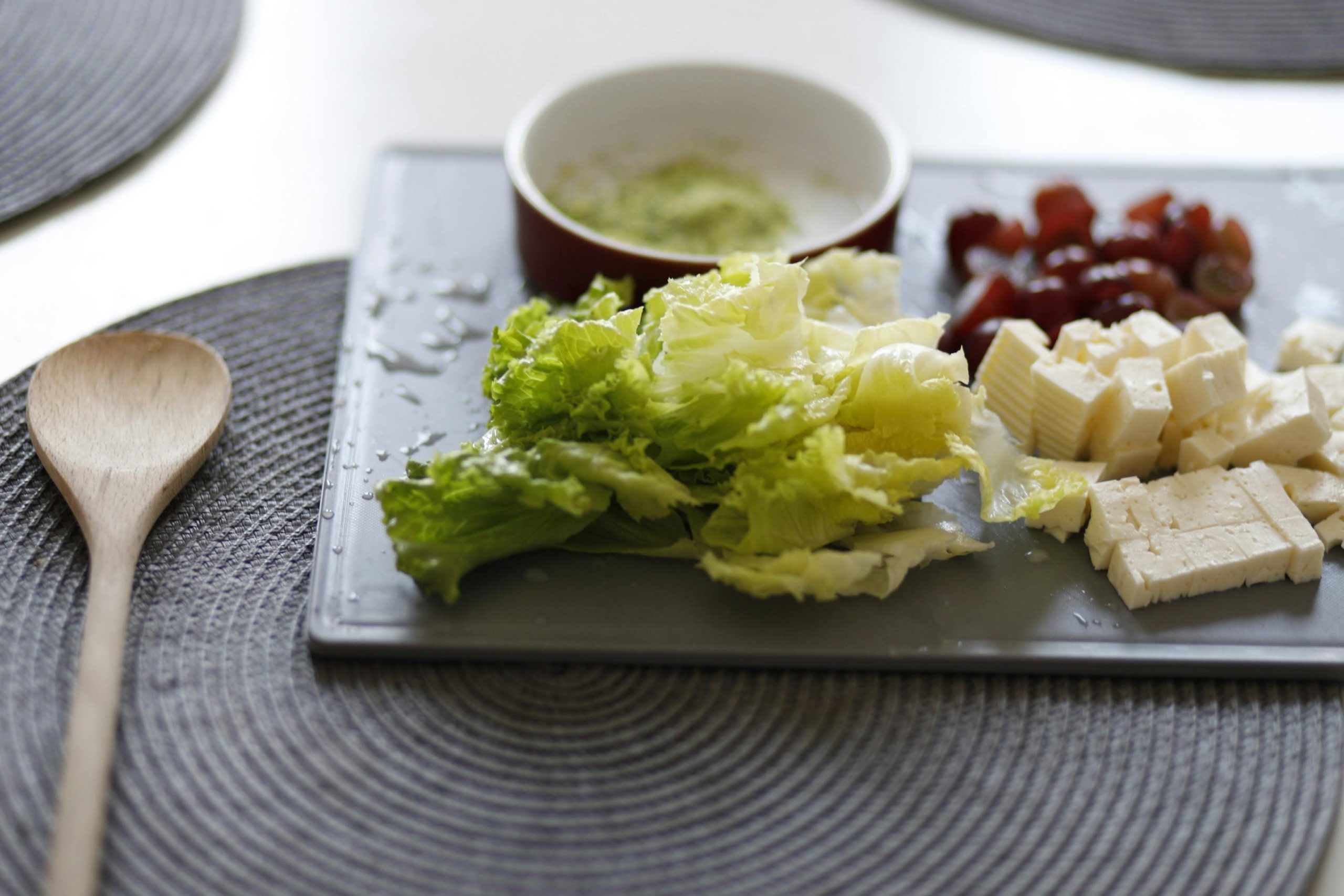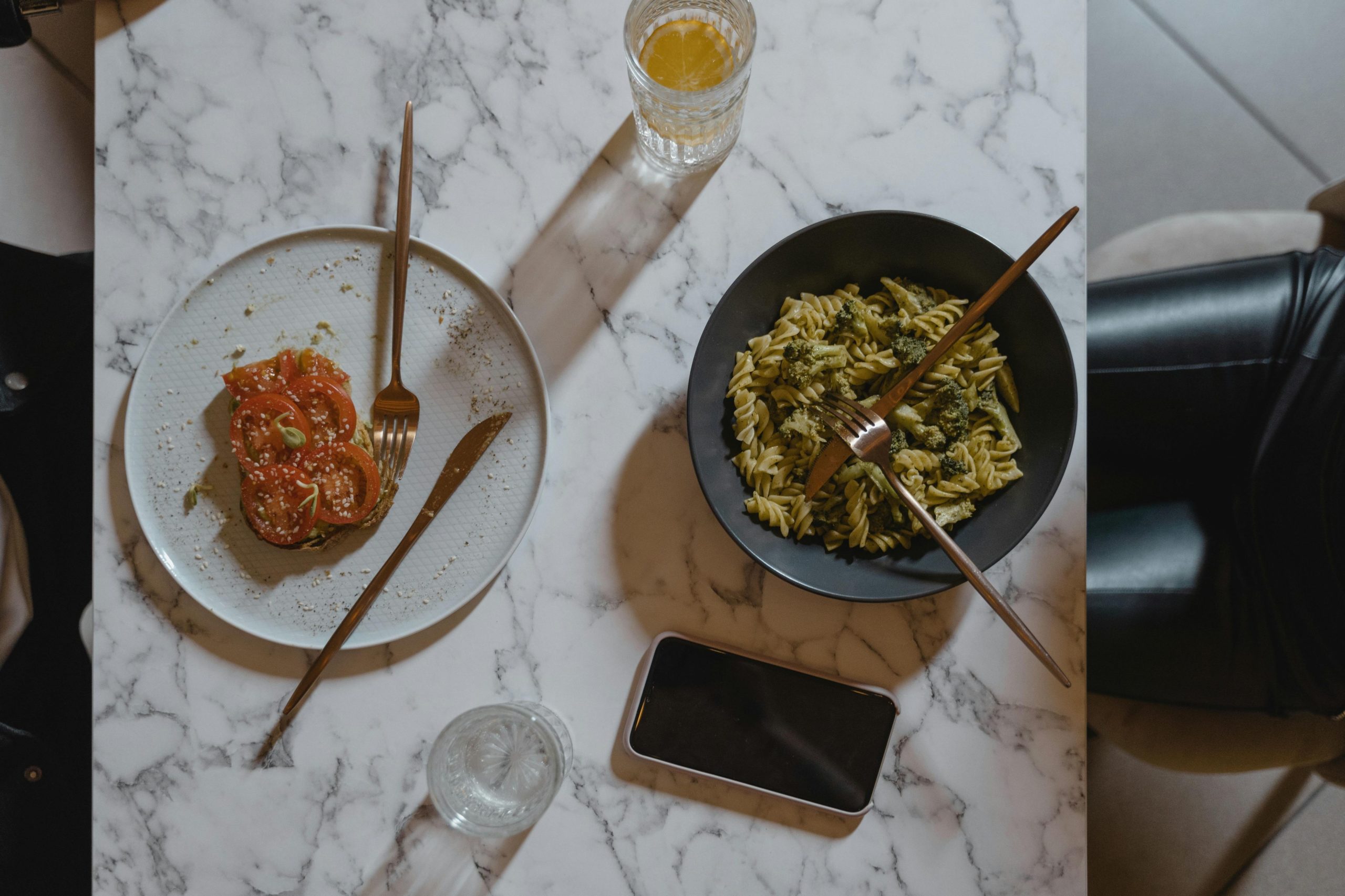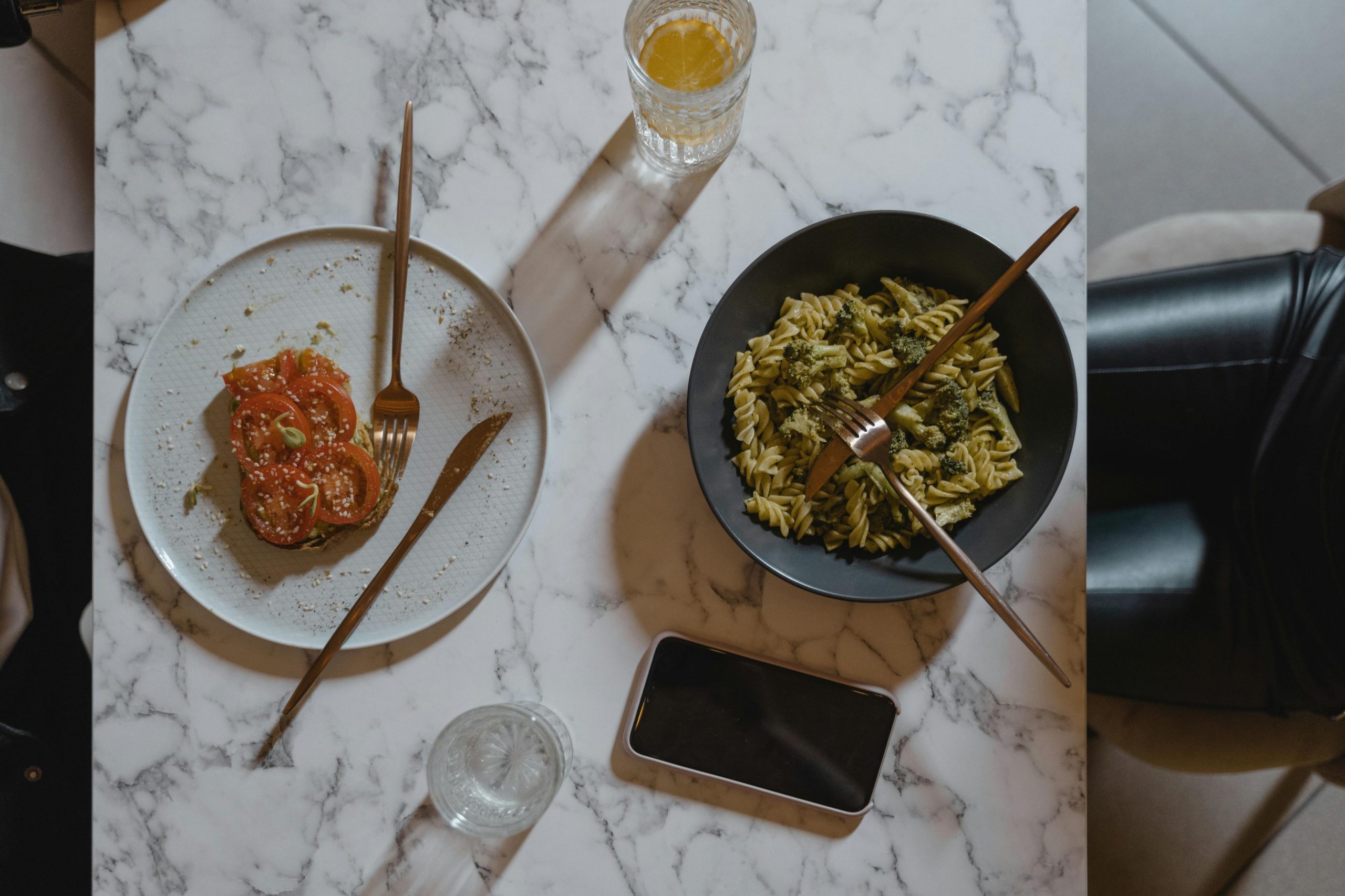Imagine twirling a fork into a steamy plate of pasta that’s both gluten-free and vegan—sounds delightful, doesn’t it?
For those with dietary restrictions, finding pasta that is safe to eat and delicious can often feel like an impossible task.
Gluten-free vegan pasta substitutes traditional ingredients with alternatives like gluten-free flours and excludes animal products, ensuring everyone can enjoy a plate of this beloved dish without compromise.
This guide will walk you through everything from the essential ingredients and types of gluten-free vegan pasta, to step-by-step cooking instructions and perfect sauce pairings, ensuring your next pasta dish is both inclusive and irresistible.
Essential Ingredients for Gluten Free Vegan Pasta
Crafting gluten free vegan pasta begins with selecting the right flour alternatives and binding agents that mimic the texture and elasticity of traditional pasta. Gluten-free flours such as rice flour, cornmeal, and buckwheat flour are popular choices because they provide the necessary structure without gluten. For binding, flax eggs—a mix of ground flaxseed and water—are a popular vegan substitute that helps hold the dough together, ensuring that the pasta maintains its shape during cooking.
Additionally, xanthan gum is often incorporated into gluten free pasta recipes to improve the dough’s elasticity and stickiness, which are qualities typically provided by gluten in wheat-based pasta. When combined with gluten-free flours, xanthan gum helps to create a dough that is easier to handle and can be rolled out or shaped as desired. This makes it possible to produce a variety of pasta shapes and types, from spaghetti to more intricate forms like ravioli, without the dough falling apart.
Exploring Types of Gluten Free Vegan Pasta

Gluten free vegan pasta comes in many delightful varieties, each requiring specific adaptations in ingredients to achieve the right texture and flavor. Lasagna noodles, for instance, often use a blend of rice and corn flour to achieve a firm texture that holds up well in layers. Ravioli, on the other hand, might include a mix of quinoa and buckwheat flour to provide a tender yet durable casing for various fillings. Each type of pasta demands careful consideration of flour combinations to ensure they cook properly and maintain a pleasant mouthfeel.
Tortellini and other filled pastas also present unique challenges in gluten-free vegan cooking. They require a dough that is pliable enough to fold around fillings without cracking, yet sturdy enough to hold its shape in boiling water. Ingredients like sorghum flour mixed with a bit of xanthan gum can offer the necessary flexibility and strength. These adaptations not only allow for a wide range of pasta dishes to be enjoyed by those on gluten-free vegan diets but also invite creativity in the kitchen, turning pasta-making into an enjoyable culinary adventure.
How to Make Gluten Free Vegan Pasta: A Step-by-Step Guide
Making gluten free vegan pasta at home is a rewarding experience, especially when you have the right guide to lead you through each step. Begin by preparing your gluten-free flour blend, which might include combinations of rice flour, cornmeal, and quinoa flour. This blend ensures that your pasta has the ideal texture without any gluten. Add a binding agent like a flax egg to help hold the dough together and provide the necessary elasticity typically given by eggs in traditional pasta recipes.
Once your dough is ready, it’s time to shape it. If you’re making fresh pasta, roll the dough out on a surface lightly dusted with gluten-free flour to prevent sticking. You can cut the pasta into your desired shapes, whether that’s fettuccine or intricately shaped farfalle. For those making dried pasta, after cutting, allow your shapes to air dry on a rack or hang them until they’re completely dehydrated.
With your pasta made, the next crucial step is cooking it correctly to achieve that desirable al dente texture. Whether you’ve made fresh or dried pasta, the cooking process will differ slightly in duration but not in attention to detail. Make sure to use a large pot with plenty of boiling water, seasoned generously with salt, to enhance the pasta’s flavor and prevent sticking.
Cooking Your Gluten Free Vegan Pasta to Perfection
Cooking your homemade gluten free vegan pasta to perfection requires attention to timing and technique, especially since gluten-free pasta can become mushy if overcooked. For fresh pasta, boil it in salted water for just 1-2 minutes; it cooks quickly and you’ll want to catch it when it’s perfectly al dente. For dried pasta, the cooking time extends to about 8-10 minutes. In both cases, stir the pasta occasionally to prevent it from sticking together and begin testing it a minute before you think it’s done.
Once cooked, drain your pasta but reserve a cup of the pasta water. This starchy water can be a secret weapon in your sauce, helping to thicken it and make it cling to your pasta more effectively. Immediately toss the pasta with a bit of olive oil or your sauce of choice to prevent sticking. This step ensures each strand or shape is glossy and well-coated, enhancing the overall flavor and texture of your final dish.
Must-Have Equipment for Making Gluten Free Vegan Pasta
Making homemade gluten free vegan pasta is a delightful experience, but having the right equipment can make all the difference. Essential tools such as a high-quality pasta pot are crucial for cooking your pasta evenly without it turning to mush. For those looking to dive deeper into pasta making, investing in a pasta machine can streamline the process, allowing you to produce consistent and professional-looking pasta shapes. Additionally, a sturdy rolling pin and a sharp knife or pasta cutter are indispensable for shaping and cutting the pasta when not using a machine.
Besides the basics, there are a few specialized tools that can enhance your pasta-making experience. A food processor can be a great asset for blending dough ingredients uniformly, especially when working with gluten-free flours that require thorough mixing. For drying your pasta, consider using a pasta drying rack which helps maintain the shape and texture of your freshly cut pasta strands. Remember, the right tools not only simplify the cooking process but also contribute to the quality and authenticity of your gluten free vegan pasta.
Using a Pasta Machine for Gluten Free Vegan Pasta
Using a pasta machine for making gluten free vegan pasta can seem daunting, but it’s quite straightforward with some practice. Start by preparing your eggless pasta dough, which often includes gluten-free flour, xanthan gum, and water. Once your dough is ready, set up your pasta machine according to the manufacturer’s instructions. Begin with the widest setting to roll out the dough, gradually decreasing the thickness as you pass the dough through several times until the desired thinness is achieved.
To ensure the best results from your pasta machine, here are a few tips:
- Always dust the pasta dough with a bit of gluten-free flour to prevent sticking.
- If adding vegetable purees for color and flavor, ensure they are finely blended and strained to avoid clogging the machine.
- After rolling, cut the pasta into your desired shapes using the machine’s cutting attachments. The first few extrusions might be too dry or clumpy; simply re-feed them through the machine for a more consistent texture.
Handcrafting Gluten Free Vegan Pasta Without a Machine
If you don’t have a pasta machine, you can still make delicious homemade gluten free vegan pasta with basic kitchen tools. Begin by dusting your clean work surface and rolling pin with gluten-free flour to prevent sticking. Roll out your prepared eggless pasta dough, aiming for a thin sheet, which can require some patience and gentle handling to achieve the right thickness without tearing.
Once your dough is rolled out, use a sharp knife to cut it into strips or shapes of your choice. Here’s how to finish the process:
- Lightly dust the cut pasta with more flour to prevent sticking.
- Either cook the pasta immediately or dry it for later use by hanging it on a pasta drying rack or laying it flat on a clean surface.
- Remember, the key to perfect handmade pasta is even thickness and gentle handling to ensure it cooks evenly and holds together well in boiling water.
Perfect Sauce Pairings for Gluten Free Vegan Pasta
Gluten free vegan pasta offers a delightful base for a variety of sauces that can transform it from simple to spectacular. For a light and refreshing option, consider a basil pesto made with fresh basil, pine nuts, and a splash of lemon juice, blended with olive oil and garlic. This sauce pairs beautifully with delicate pastas like angel hair or spaghetti. If you’re in the mood for something a bit heartier, a robust tomato sauce enriched with roasted red peppers, cherry tomatoes, and red pepper flakes can provide a comforting warmth, perfect for penne or fusilli.
For those who crave creaminess without dairy, there are plenty of rich, dairy-free alternatives. A creamy sauce made from blended cashews or coconut milk can mimic the luxurious texture of traditional cream sauces. These can be flavored with sautéed garlic, nutritional yeast, and a touch of mustard for depth. Try tossing this with fettuccine or tagliatelle for a satisfying meal. Additionally, consider incorporating veggies like spinach or mushrooms to add both texture and nutritional value to your dish, creating a wholesome yet indulgent experience.
Pro Tips for Perfecting Your Gluten Free Vegan Pasta
Crafting the perfect gluten free vegan pasta goes beyond just selecting the right ingredients; it’s also about mastering the cooking process to enhance the pasta’s texture and flavor. Always test your pasta a few minutes before the suggested cooking time to avoid overcooking, as gluten-free pasta can quickly become mushy if left too long in boiling water. Additionally, consider using a cold-water shock method, where you briefly rinse cooked pasta under cold water to stop the cooking process immediately, helping to maintain a firm texture.
To elevate the flavor profile of your gluten free vegan pasta dishes, focus on incorporating fresh, high-quality ingredients. Here are some tips:
- Use freshly chopped herbs like basil or parsley to add a burst of flavor and color.
- Opt for high-quality oils or vegan butter substitutes to toss with your pasta right after cooking to prevent sticking and add richness.
- Experiment with adding a splash of white wine to your sauce while cooking; it can introduce an extra layer of flavor that complements the natural taste of your pasta. These simple yet effective strategies can transform your gluten free vegan pasta from good to great, making each meal a delightful experience.
Watch and Learn: Gluten Free Vegan Pasta Video Tutorials
For those who prefer a visual learning experience, watching video tutorials on making gluten-free vegan pasta can be incredibly helpful. These videos often feature experienced chefs who demonstrate the techniques and nuances of creating perfect pasta from scratch. They cover everything from mixing the right gluten-free flours to kneading and shaping the dough. Furthermore, these tutorials provide a step-by-step visual guide that can be paused and replayed, making it easier to grasp the process at your own pace.
Many of these videos also include helpful tips such as:
- How to prevent the pasta from sticking without using too much flour
- Techniques for achieving the perfect dough consistency
- Suggestions for cooking times and temperatures to ensure your pasta is al dente
By following along with these tutorials, you gain the confidence to experiment with different pasta shapes and recipes, enhancing your culinary skills and expanding your gluten-free vegan menu.
Discover Zurich’s Culinary Delights with INDULGE
If you’re passionate about discovering new flavors and culinary cultures, INDULGE offers an exceptional opportunity to explore Zurich’s vibrant food scene. Their guided tours not only introduce participants to traditional Swiss dishes but also include stops where you can savor international and gluten-free options. This makes it a perfect choice for food lovers looking to expand their palate while adhering to dietary preferences.
Each tour with INDULGE is designed to offer a deep dive into the culinary heritage and innovations of Zurich. Here are a few highlights:
- Exclusive Wine & Dine experiences that showcase a fusion of local and international cuisine.
- Signature walking tours in Old Town Zurich, where you can taste famous Swiss specialties, including gluten-free treats.
- Engaging narratives from local experts that enrich the dining experience with historical and cultural insights.
Frequently Asked Questions
Can vegans have gluten-free pasta?
Yes, vegans can enjoy gluten-free pasta. Gluten-free vegan pasta substitutes traditional ingredients with alternatives like gluten-free flours and excludes animal products, ensuring it is suitable for both vegan and gluten-free diets.
Is it possible to be vegan and gluten-free?
Absolutely, it is possible to be both vegan and gluten-free. Gluten-free vegan pasta, for example, is made without any animal products and uses gluten-free flours instead of traditional wheat flour, catering to both dietary restrictions.
Is egg pasta gluten-free?
Egg pasta typically contains wheat flour, which has gluten. Therefore, traditional egg pasta is not gluten-free. Gluten-free pasta substitutes would not include ingredients containing gluten.







